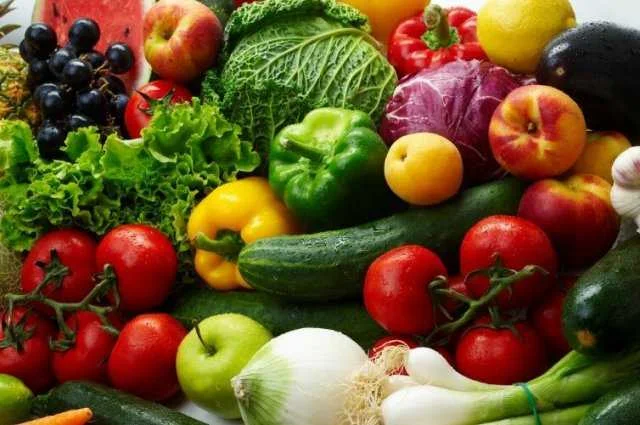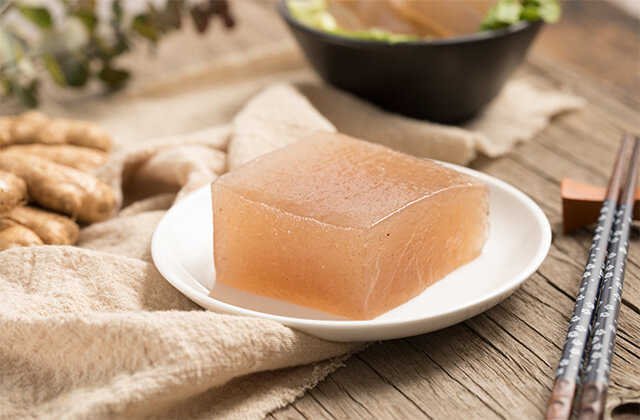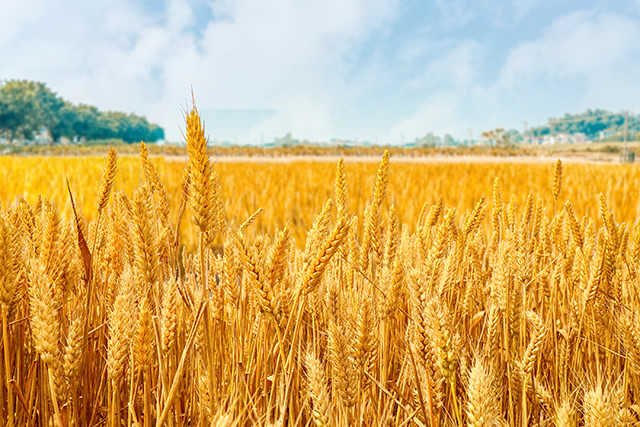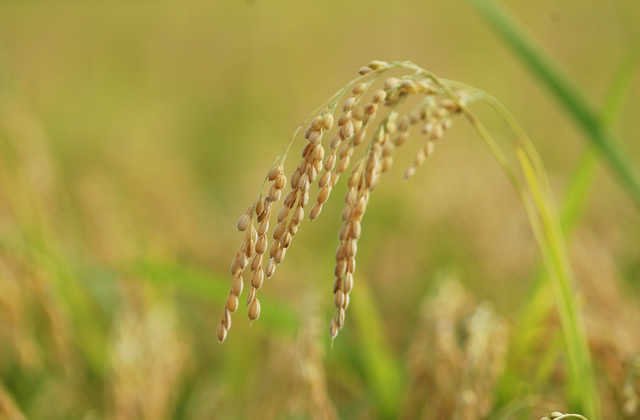Common vegetable seeds for the preservation period of vegetable seeds storage method Daquan
The preservation period of common vegetable seeds
1. Tomato seeds.It can generally be stored for 3 to 4 years, and the longest does not exceed 4 years, otherwise the bud rate will be reduced.The simple method of identifying the old and new seeds: new seeds have hairs and tomato flavors; old seeds have fewer Skin and less fur or fall off.
2. Cucumber seeds.It can generally be stored for 2 to 3 years, exceeding this period, and the germination rate generally decreases by 20%to 30%.
3. Eggplant seeds.storage time is generally within 6 years.The exterior Skin of the new seeds is shiny, and the luster decreases differently due to the different storage period.
4. Chili seeds.Can not exceed 3 years.The seed germination rate of 2 years was reduced by about 10%, and the storage of 3 years was reduced by about 30%.The new seeds are golden yellow and the seeds are apricot yellow.
5. Onion seeds.summer planting onions, applying new species.If the aged species is used, the green onions will draw the seeds.spring green onions can be used in the first year.
6. Celery seeds.It can be stored for 3 years, and the seeds cannot be used in that year. It should be used for 1 year.

7, leek seeds.The new species of the year was good, and the germination rate was reduced in 2 years.
8. Cabbage seeds.It can be stored for 2 years and can be planted in that year.For more than 2 years, the seedling rate is reduced by 20%to 30%, and the disease resistance is reduced.
9. Coriander seeds.It should be used after 1 year of storage, and the storage time should not exceed 3 years, otherwise the fragrance will be reduced.
1. First of all, the harvested seeds should be screened and picked out the grain, soaked, soaked, and cracked granules. Such seeds are easy to turn back to deteriorate, which will affect other seeds.Full seeds.
2. Try to dry the filtering high -quality seeds. The seeds must be dry and dry, otherwise it will be easy to get back and mildew.Some families without agricultural experience have no judgment experience of the dryness of the seeds. These families may have electronic scale. Therefore, they can take some samples to weigh every day. When the weight of the seeds is not alleviated, it proves that the seeds are dry enough to dry enoughEssenceOf course, the seeds cannot be exposed, otherwise it will affect the germination rate.
3. After the seeds are dried, in order to prevent insects from the seeds, the seeds need to be packed into a sealed container such as jar, sealed Bags.Although the seeds are dried, they are still breathing and their ability to live. Therefore, the container cannot be completely seal and impermeable. Otherwise, the seeds cannot breathe and lose their vitality and die.The container should be placed in a cool and ventilated place.
4. In order to be able to completely prevent insects, you can mix the seeds and insect -proof drugs. Generally, you can use the bosom spirit for ant -driven ants sold in the market.Mix the anticardy -proof medicine before being packed in the container, and mix the medicine evenly.
5. Because the pores are opened for the container, the seeds in the container are still likely to absorb moisture. Therefore, in order to prevent seedlin, you can go to the market to buy some desiccant packets and put it into the container to reach the moisture -proof effect.If you can't buy a desiccant, you can also use breathable paper to use a little lime instead of the desiccant packet.
6. Another trick is a good way to save the seeds in the ancients: on the sunny day, choose a wall that is good, avoid rain and the sun, find some rotten mud, mix the seeds into the mud, and then apply the mud to the wall to the wall., Will be planted in the coming year, and then buckle the mud from the wall.This method not only prevent insects, but also prevent mildew.


